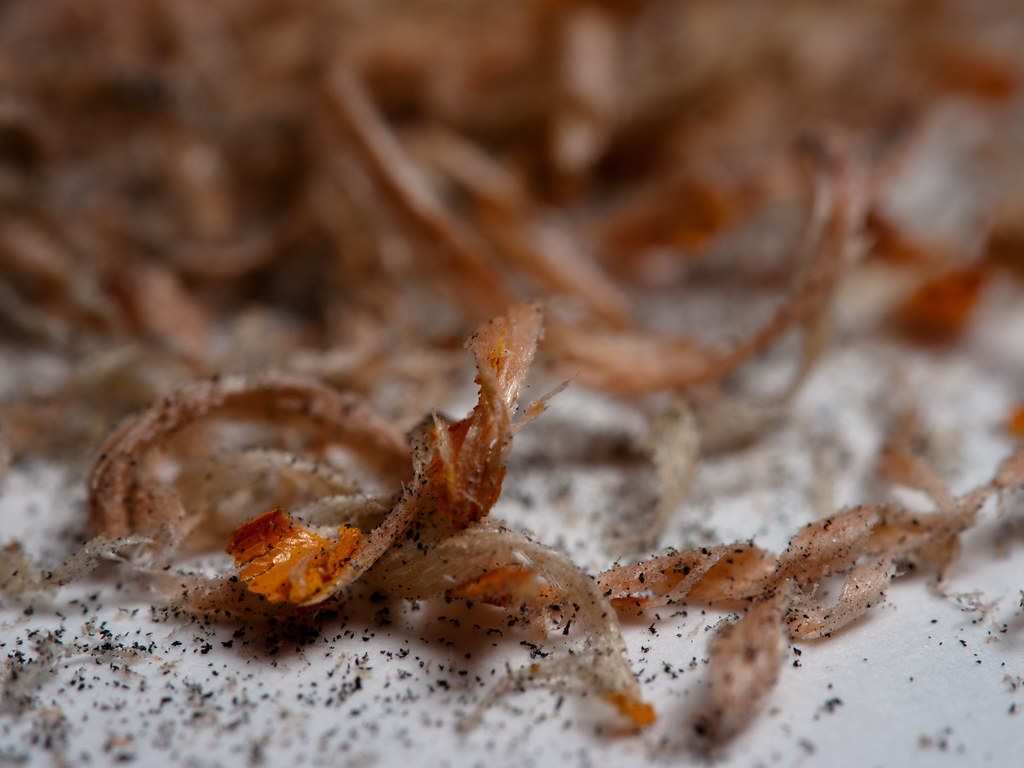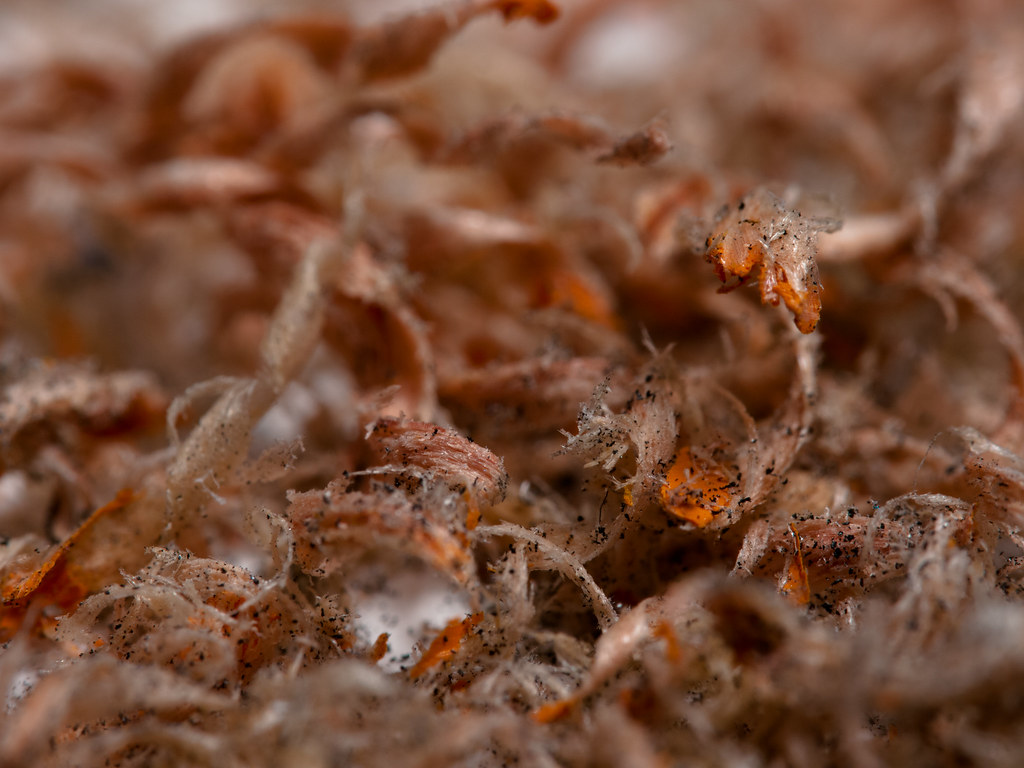PIerre, welcome. You'll get a lot of support and encouragement on this forum, so allow me to toss some negativeish comments in! Hope you find them constructive.
You're mixing your desk lamp (filament bulb??) with flash. Flash is approximately = daylight, but not the same as a lamp. You would expect to see strange colours, in different directions. I suspect that your flash is so much brighter than the desk lamp, that you just aren't seeing it.
20mm. Hmm, as you're using
micro 4/3, that might not need to be a retrofocus design ( no mirror to miss). Which would be good

Retrofocus wideangles usually aren't wonderful, reversed.
But you ARE getting chromatic aberration (CA) in the pics above. Look hard (magnify in your browser, even) at the sharp detail towards the edges. You'll see the same colour fringes towards the centre of the image in all cases, and the opposite colour towards the edge.
f10 on the lens. OK. What's the magnification on to the sensor? About 3x?
If so, that's an effective aperture of f(3+1) x 10 = 40.
If you look at diffraction, here
http://www.cambridgeincolour.com/tutori ... graphy.htm, you'll see that you're losing definition at that aperture. I think your sensor is about the same numbers as the Nikon D2X - I'll leave you to dig it out. Click Nikon D2X then end run your mouse up and down the aperture column. Smaller than about f11 effective aperture, and you'll get fuzz coming in. Though it wouldn't show on the 1024 wide pics on the forum, at that level.
So, open the lens up. You'll have to experiment, but try f2.8 on the lens. Oh but you need depth of field!! Yes you do, it can be a compromise. If you start stacking your images, you can get your dof back that way.
Hopefully you'll also get less CA, you'll have to see.
The other thing you've found out is about lighting reflective subjects - it's downright HARD in macro, sometimes, to get enough diffusion. Things like that lens cap will be fairly difficult.
Keep at it, it's worth it, you'll have fun!




